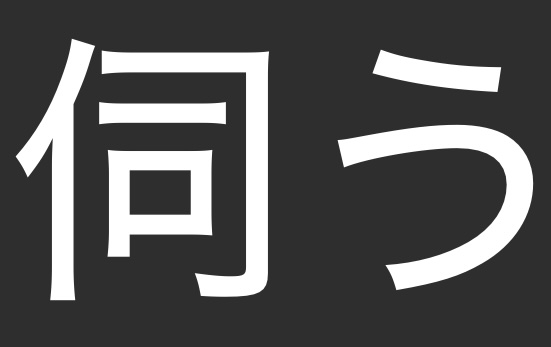The newsletter and podcast are online:
Take a look at the newsletter for more details, but I’m taking the month off. I wrote about some of my favorite writing I’ve done since I started keeping How to Japanese way back in 2008, so head over there to take a look. Or you can just look over to the right and click on any month to see the archive if you’d like to read through randomly or chronologically.
Sometimes I’m amazed this site has lasted as long as it has, purely from a tech perspective. I’m not the savviest, but I managed to do a few tricks here and there, notably when I switched over to an official WordPress build from another platform. More recently, I neglected my Google Analytics and only just got it working again over the past week, so I have a better sense of where traffic is coming from and what posts people are looking at. Spoiler alert: The keyword searches are as depressing as you’d expect. I don’t have enough data at this point, so after a few months, maybe I’ll write something about the most accessed posts on the site.
I’ve got no plans to change anything about my current writing approach. Once a month on the newsletter and once a month here feels sustainable. I do have two somewhat challenging goals:
1. Get the newsletter on a self-hosted version of Ghost.
Currently I’m on a managed hosting situation, which is actually really convenient and pretty affordable. I can’t decide whether it would be worth it to self host. There are a lot of pieces to the puzzle, in terms of the hosting itself, getting support for email, making sure everything is connected properly. It might actually cost more to do this. I think I’d also need some help, so if anyone has any resources or would be able to train me, please do reach out.
2. Find a way to archive the site long term.
This is a bit dark to think about, but I wonder about a long, long-term solution to ensure my writing stays online. Maybe this is a fruitless, hopeless thing to want. Maybe our digital writing is just like most paper writing: victim to the whims of time (and algorithms) and likely to disappear in the end. I’m curious about static sites and archiving, so if anyone has any info on those, please do share. I feel like there’s a potential business opportunity for a service that you could pay into over time that would then archive your site or make it a static site at any point you specified. Kind of like the opposite of an annuity or something.
Hope you all have an excellent holiday season. I’m looking forward to an obligation-free (in terms of work and writing) New Year’s. See you all in January. Until then, find me elsewhere on social media.


